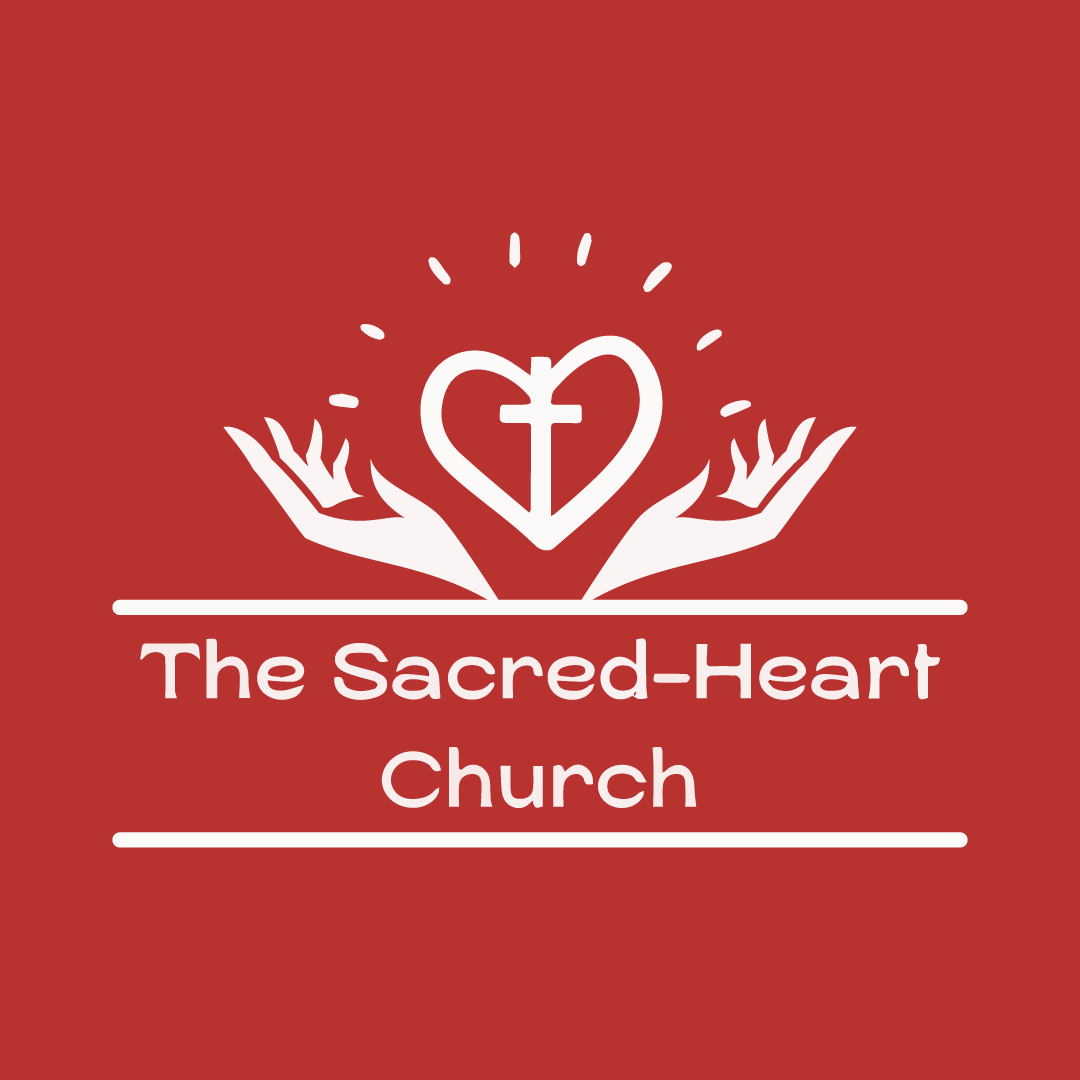Cemeteries serve as fascinating historical resources, offering valuable insights into the lives of those who have passed. Whether you’re delving into genealogy, uncovering forgotten stories, or planning a visit to a significant site like Arlington National Cemetery, the information contained within these sacred grounds can reveal a wealth of details. From locating a specific grave to understanding the history behind a burial plot, cemeteries provide a unique window into the past. In this guide, we’ll explore how to navigate cemetery records, utilize mapping tools, and discover the rich tapestry of stories etched into headstones and documented in registers. By following the expert advice outlined here, you’ll gain the knowledge needed to find answers about graves, tombs, and the individuals laid to rest within these hallowed grounds.
Key Takeaways
- Grave Locations: Cemeteries record exact grave positions, simplifying plot searches.
- Headstone Details: Provides names, dates, and sometimes epitaphs.
- Burial Records: Offers detailed info on dates, places, and causes of death.
- Historical Insights: Contains info on notable figures and cultural heritage.
- Memorial Information: Features items like flowers and candles to honor deceased.
- Cremation Information: Has plots for cremated remains with specific location details.
- Visitation Hours and Rules: Provides guidelines for visiting and attending services.
- Genealogical Information: Aids in tracing family histories and ancestry.
- Symbolism: Uses crosses, flags, and statues to reflect beliefs and values.
- Events and Programs: Hosts tours and remembrance ceremonies for educational purposes.
- Online Resources: Offers websites and databases for accessing info without visiting.

Information Found in a Cemetery
A cemetery is a place where people are buried, and it contains various types of information that can be discovered through exploration and research. Here are some of the key pieces of information that can be found in a cemetery:
- Grave Details : Each grave typically has a headstone or marker that provides basic information about the deceased, such as their name, birth date, death date, and sometimes their age at death. In some cases, the cause of death may also be listed.
- Inscriptions : Headstones or tombstones often have inscriptions etched into them. These inscriptions can include personal messages, quotes, or sayings, and they may also feature symbols or emblems that represent the individual’s life or beliefs.
- Historical Context : Cemeteries, especially older ones, can provide historical information about the people buried there. They may contain records of notable individuals, military personnel, or members of specific groups, offering insights into cultural practices and societal values of the time.
- Genealogical Information : Cemeteries can be a valuable resource for tracing family histories. Visitors can often find information about ancestors, extended families, and even unrelated individuals who share a burial plot, helping to reconstruct family trees.
- Memorial Information : Many cemeteries display memorials or biographies of the deceased, which can include details about their lives, achievements, and contributions to their communities. These can also include photographs or documents placed on or near the grave.
- Structural and Architectural Features : The layout and design of a cemetery can reflect its architectural style and the era in which it was established. Understanding these features can provide insights into the social and cultural norms of the time.
- Symbolism : Cemeteries are filled with symbolic elements, such as crosses, flags, or statues, which can convey meaning and tell stories about the deceased’s beliefs, values, or lifestyle.
- Events and Programs : Cemeteries often host events, tours, or remembrance programs. These can include live updates, guest speakers, or special ceremonies that provide opportunities to learn more about the history and significance of the site.
By exploring these aspects, visitors can gain a deeper understanding of the individuals buried there and the stories they carry, making cemeteries a rich source of historical and cultural information.
Information Found in a Cemetery
A cemetery is a place where people are buried, and it contains various types of information that can be discovered through exploration and research. Here are some of the key pieces of information that can be found in a cemetery:
- Grave Details : Each grave typically has a headstone or marker that provides basic information about the deceased, such as their name, birth date, death date, and sometimes their age at death. In some cases, the cause of death may also be listed.
- Inscriptions : Headstones or tombstones often have inscriptions etched into them. These inscriptions can include personal messages, quotes, or sayings, and they may also feature symbols or emblems that represent the individual’s life or beliefs.
- Historical Context : Cemeteries, especially older ones, can provide historical information about the people buried there. They may contain records of notable individuals, military personnel, or members of specific groups, offering insights into cultural practices and societal values of the time.
- Genealogical Information : Cemeteries can be a valuable resource for tracing family histories. Visitors can often find information about ancestors, extended families, and even unrelated individuals who share a burial plot, helping to reconstruct family trees.
- Memorial Information : Many cemeteries display memorials or biographies of the deceased, which can include details about their lives, achievements, and contributions to their communities. These can also include photographs or documents placed on or near the grave.
- Structural and Architectural Features : The layout and design of a cemetery can reflect its architectural style and the era in which it was established. Understanding these features can provide insights into the social and cultural norms of the time.
- Symbolism : Cemeteries are filled with symbolic elements, such as crosses, flags, or statues, which can convey meaning and tell stories about the deceased’s beliefs, values, or lifestyle.
- Events and Programs : Cemeteries often host events, tours, or remembrance programs. These can include live updates, guest speakers, or special ceremonies that provide opportunities to learn more about the history and significance of the site.
By exploring these aspects, visitors can gain a deeper understanding of the individuals buried there and the stories they carry, making cemeteries a rich source of historical and cultural information.

Information Found in a Cemetery
A cemetery is a place where people are buried, and it contains various types of information that can be discovered through exploration and research. Here are some of the key pieces of information that can be found in a cemetery:
- Grave Details : Each grave typically has a headstone or marker that provides basic information about the deceased, such as their name, birth date, death date, and sometimes their age at death. In some cases, the cause of death may also be listed.
- Inscriptions : Headstones or tombstones often have inscriptions etched into them. These inscriptions can include personal messages, quotes, or sayings, and they may also feature symbols or emblems that represent the individual’s life or beliefs.
- Historical Context : Cemeteries, especially older ones, can provide historical information about the people buried there. They may contain records of notable individuals, military personnel, or members of specific groups, offering insights into cultural practices and societal values of the time.
- Genealogical Information : Cemeteries can be a valuable resource for tracing family histories. Visitors can often find information about ancestors, extended families, and even unrelated individuals who share a burial plot, helping to reconstruct family trees.
- Memorial Information : Many cemeteries display memorials or biographies of the deceased, which can include details about their lives, achievements, and contributions to their communities. These can also include photographs or documents placed on or near the grave.
- Structural and Architectural Features : The layout and design of a cemetery can reflect its architectural style and the era in which it was established. Understanding these features can provide insights into the social and cultural norms of the time.
- Symbolism : Cemeteries are filled with symbolic elements, such as crosses, flags, or statues, which can convey meaning and tell stories about the deceased’s beliefs, values, or lifestyle.
- Events and Programs : Cemeteries often host events, tours, or remembrance programs. These can include live updates, guest speakers, or special ceremonies that provide opportunities to learn more about the history and significance of the site.
By exploring these aspects, visitors can gain a deeper understanding of the individuals buried there and the stories they carry, making cemeteries a rich source of historical and cultural information.

Information Found in a Cemetery
- Grave Locations: Cemeteries typically record the exact location of each grave, allowing visitors to find specific plots with ease.
- Headstone Details: Graves are often marked with headstones or markers that display the deceased’s name, birth date, death date, and sometimes epitaphs or dedications.
- Burial Records: Comprehensive records are usually maintained, detailing the burial details such as the date, time, and place of burial, along with the cause of death (if recorded).
- Historical Insights: Many cemeteries hold historical significance, with records of notable individuals, events, or cultural heritage tied to specific gravesites.
- Memorial Information: Some cemeteries feature memorials, which may include flowers, candles, or personal items left by visitors to honor the deceased.
- Cremation Information: Cemeteries may offer plots designated for cremated remains, with records indicating the individual’s name and the location of their ashes.
- Visitacion Hours and Rules: Cemeteries often provide information on operating hours, visitation policies, and any specific guidelines for behavior or attire.
Information Found in a Cemetery
A cemetery is a place where people are buried, and it contains various types of information that can be discovered through exploration and research. Here are some of the key pieces of information that can be found in a cemetery:
- Grave Details : Each grave typically has a headstone or marker that provides basic information about the deceased, such as their name, birth date, death date, and sometimes their age at death. In some cases, the cause of death may also be listed.
- Inscriptions : Headstones or tombstones often have inscriptions etched into them. These inscriptions can include personal messages, quotes, or sayings, and they may also feature symbols or emblems that represent the individual’s life or beliefs.
- Historical Context : Cemeteries, especially older ones, can provide historical information about the people buried there. They may contain records of notable individuals, military personnel, or members of specific groups, offering insights into cultural practices and societal values of the time.
- Genealogical Information : Cemeteries can be a valuable resource for tracing family histories. Visitors can often find information about ancestors, extended families, and even unrelated individuals who share a burial plot, helping to reconstruct family trees.
- Memorial Information : Many cemeteries display memorials or biographies of the deceased, which can include details about their lives, achievements, and contributions to their communities. These can also include photographs or documents placed on or near the grave.
- Structural and Architectural Features : The layout and design of a cemetery can reflect its architectural style and the era in which it was established. Understanding these features can provide insights into the social and cultural norms of the time.
- Symbolism : Cemeteries are filled with symbolic elements, such as crosses, flags, or statues, which can convey meaning and tell stories about the deceased’s beliefs, values, or lifestyle.
- Events and Programs : Cemeteries often host events, tours, or remembrance programs. These can include live updates, guest speakers, or special ceremonies that provide opportunities to learn more about the history and significance of the site.
By exploring these aspects, visitors can gain a deeper understanding of the individuals buried there and the stories they carry, making cemeteries a rich source of historical and cultural information.

Information Found in a Cemetery
A cemetery is a place where individuals are buried, and it holds various types of information that can be discovered. Here are the key pieces of information that can be found in a cemetery:
- Graves and Headstones : Graves and headstones typically provide basic information such as the name of the deceased, their birth and death dates, and sometimes their age at the time of death. Epitaphs may include additional details or quotes.
- Grave Markers : Grave markers can vary widely, ranging from simple stones to elaborate mausoleums. Some markers may include photographs of the deceased, while others may feature symbolic or religious imagery. Inscriptions can provide insights into the individual’s life or achievements.
- Cemetery Records : Many cemeteries maintain detailed records of who is buried there, including family members and descendants. These records can be invaluable for genealogical research or tracing family histories.
- Historical Data : Old cemeteries, particularly those in historic districts, often hold significant historical information. They can provide data on migration patterns, family trees, and local events that shaped communities.
- Columbariums : Columbariums, which house urns, may include information about the deceased, such as dates and a brief biography. This can include details about whether the individual’s remains were scattered or kept in the columbarium.
- Stories Behind the Graves : Each tombstone carries its own story, offering a glimpse into the life of the person it commemorates. Visiting a cemetery can provide insights into the community’s values, traditions, and history.
- Memorials and Monuments : Some cemeteries feature memorials or monuments that honor specific events, wars, or notable individuals. These can provide historical context and cultural significance.
- Layout and Design : The physical layout of a cemetery can reflect cultural, religious, or social values of the time. This design can offer architectural insights or historical clues.
- Online Resources : Many cemeteries have websites or online databases that list burial records, plot locations, and sometimes even offer virtual tours, making information accessible without an on-site visit.
In summary, a cemetery serves as a repository of personal and historical information, offering insights into individuals, families, and the communities they belonged to.




0 Comments